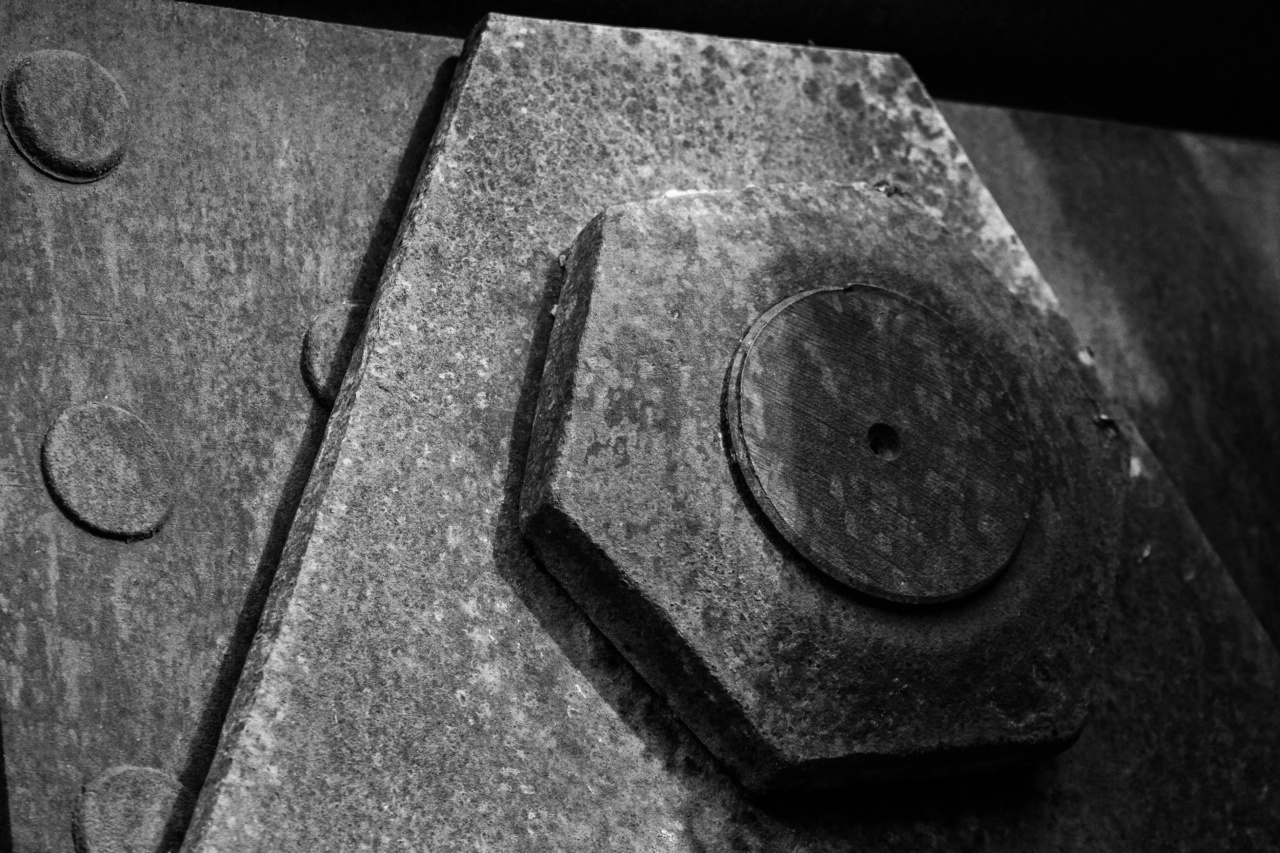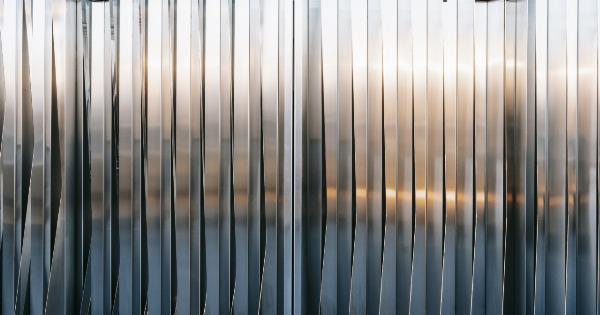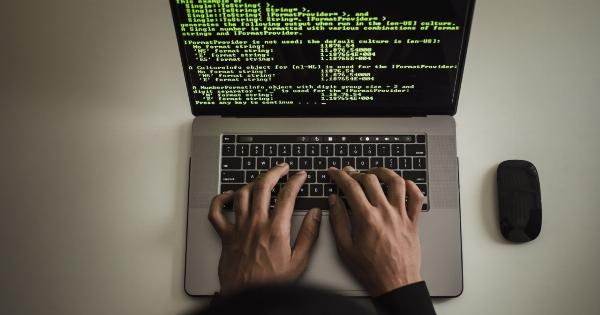Iron is an essential mineral that your body needs to function properly. It’s important for producing hemoglobin, the protein in red blood cells that carries oxygen throughout your body.
Without enough iron, your body can’t produce enough hemoglobin, which can lead to anemia. While it’s important to get enough iron in your diet, there are also some easy hacks you can use to increase iron absorption. Here are 10 simple tips to help you get the most out of your iron-rich foods:.
1. Pair Iron with Vitamin C
Vitamin C is known to help increase iron absorption in the body. So, pairing iron-rich foods with vitamin C-rich foods can help you better absorb the iron.
Some good sources of vitamin C include citrus fruits, tomatoes, bell peppers, kiwi fruit, and strawberries. You can eat these fruits with iron-rich foods or drink a glass of orange juice with your meal to help boost iron absorption.
2. Cook in Cast Iron
Cooking in cast iron pots and pans can actually increase the iron content of your food. When you cook acidic foods in a cast iron pan, the iron leaches out and adds to the iron content of your meal.
So, try cooking foods like tomato sauce, chili, and other acidic dishes in a cast iron skillet to help increase your iron intake.
3. Soak Legumes Before Cooking
Legumes like beans and lentils are a great source of iron, but they also contain phytic acid, which can inhibit iron absorption.
So, by soaking your legumes before cooking them, you can help reduce the phytic acid content and increase the bioavailability of the iron. Soak your legumes for at least 8 hours before cooking in fresh water.
4. Eat Iron-Rich Foods with Meat
If you’re a meat-eater, eating iron-rich plant foods with meat can help boost iron absorption. Meat contains heme iron, which is more easily absorbed by the body than non-heme iron found in plant foods.
So, by pairing iron-rich foods like spinach, lentils, and quinoa with meat, you can help increase the absorption of the non-heme iron.
5. Avoid Calcium-Rich Foods
Calcium can interfere with iron absorption, so it’s best to avoid eating calcium-rich foods at the same time as iron-rich foods. Foods like milk, cheese, and yogurt can all inhibit the absorption of iron.
If you need to consume dairy or other calcium-rich foods, try to space them out from your iron-rich meals by a few hours.
6. Take an Iron Supplement
If you’re struggling to get enough iron from your diet alone, you may want to consider taking an iron supplement. Iron supplements come in a variety of forms, including tablets, liquid, and even gummies.
Taking an iron supplement can help you meet your daily iron needs and prevent iron-deficiency anemia.
7. Consume Iron-rich Foods Separately
If you eat a lot of iron-rich foods at once, it can be difficult for your body to absorb all of the iron. So, it’s best to eat smaller amounts of iron-rich foods more often throughout the day.
For example, instead of eating a large serving of spinach at once, try adding a small handful to a smoothie or salad a few times throughout the day to increase your intake.
8. Cook with Turmeric
Turmeric is an Indian spice that’s known for its anti-inflammatory properties. But, it can also help increase iron absorption in the body. Turmeric contains a compound called curcumin, which can enhance the absorption of iron.
Try adding turmeric to your meals when cooking with iron-rich foods.
9. Limit Tea and Coffee Consumption
Caffeine in tea and coffee can inhibit iron absorption, so it’s best to avoid consuming these beverages with your iron-rich meals.
If you need a caffeine fix, try switching to green tea, which has lower caffeine levels and can actually enhance iron absorption in the body.
10. Don’t Forget About Vitamin A
Vitamin A is important for the absorption and storage of iron in the body. So, it’s important to make sure you’re getting enough vitamin A in your diet as well.
Foods like sweet potatoes, carrots, and leafy greens are all good sources of vitamin A.





























